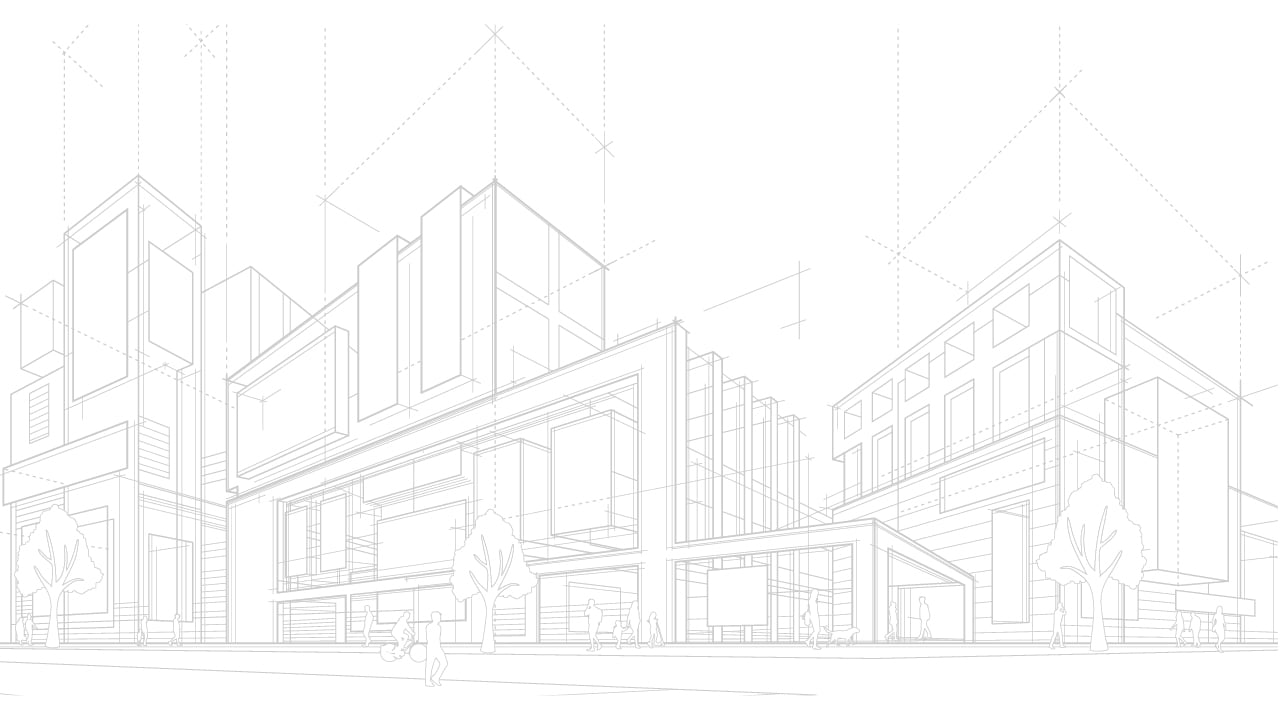
Space to innovate
A formula for prosperity









Space could help unlock UK productivity
How can the UK emerge from the productivity doldrums? Our research reveals one potential solution. Organisations invest more in human capital and technology as key resources for innovation, but they do not place equal importance on physical space. Physical space that enables innovators to thrive. Through a change in approach and by focusing on suitable space, organisations can help unlock the UK’s economic potential and deliver more sustainable, more productive, more competitive outcomes; more prosperity.
What is appropriate space worth?
If all UK organisations invested in appropriate space, the financial impact could be greater than the £34.2bn spent on goods and services by the UK government in January 2024. In fact, when comparing against OECD data, if UK organisations possessed very appropriate space to innovate, the UK could rank second in the global productivity league table, just one place behind Ireland.

An increase in
productivity of
32.7%



£44bn
boost for the
UK’s GDP


£96bn
uplift to the�UK’s turnover


726,000
Supporting
up to
new jobs


1
What is appropriate
space worth?
2
Areas of
investment in
innovation
Our research reveals that nine in ten (90%) of surveyed organisations actively invest in innovation, allocating an average 7% of turnover to these efforts. However, investment in physical space needed to support and facilitate innovation lags significantly; only 22% of surveyed organisations prioritised investment in the provision of physical space necessary for innovation.
Organisations invest in innovation, but don’t
prioritise appropriate space.
* Respondents selected their three most important areas from a list of innovation aspects.







Providing the software necessary
for innovation
(% of innovative respondents)
What are the most important areas of innovation investment for organisations?*
Appropriateness: What organisations need from their ‘space to innovate’ lies at the core of our report. We understand that innovation space should be unique to support individual organisational goals and values; essentially, what performance means to an organisation. Our data reveals a majority of UK organisations do not have appropriate innovation space to support their performance goals.
Most organisations do not
have appropriate space for innovation.
3
Appropriate
space to innovate
Learning and development of staff
Providing time for people to engage and / or collaborate on innovation
Sales and marketing for commercialisation of innovation activities
Providing the hardware necessary for innovation
Providing the physical space necessary
for innovation
Providing the tools necessary for testing
We’re excited to share the findings with you and believe these insights will help foster a culture of innovation. Let’s explore the
five key takeaways from the report.
22%
22%
31%
34%
38%
49%
51%



90%
With a majority of organisations encountering limited space as their greatest spatial challenge, closely followed by lack of flexibility and insufficient design and facilities, there’s a key opportunity to create more flexible and adaptable spaces to maximise the potential of existing physical assets. With finite resources, flexible spaces could enable the 79% of organisations that find limited physical space a limiting factor, to enhance their innovation activity by focusing on high-quality, adaptable spaces.
Flexibility could be king.
4
Flexibility could
be king
More
prosperity

More
competitive outcomes

More productive

More sustainable

5
Identifying your equation for innovation

A formula for prosperity does not only concern space. We sought to identify the key factors involved in innovation activities. If organisations can bring the necessary components for innovation together, they may be able to drive greater levels of innovation and productivity.
Identifying your equation for innovation.
Note: The figures provided to the right of each challenge are the combined responses for ‘Major challenge’,� ‘Moderate challenge’ and ‘Minor challenge’. This figure serves as the overall degree of challenge.
* Respondents selected the level of challenge for each of the provided spatial challenges.� The absent percentages represent respondents that do not consider this a challenge.
Major challenge
Moderate challenge
Minor challenge
69%
27%
31%
11%
Environment challenges
(such as noise, lack of light, etc)
73%
33%
30%
10%
Resource allocation within
workspace (lack of specialised
innovation areas etc)
77%
33%
33%
11%
Insufficient workspace
design and / or facilities
77%
36%
27%
14%
Lack of flexibility to adapt space
79%
29%
39%
11%
Limited physical space
(% of innovative respondents)
What spatial challenges to innovation
activities do organisations face?*



Note: Of innovative respondents, 2% did not know how appropriate their space is for innovation activies.


5%
Very
inappropriate


7%
Somewhat
inappropriate


18%
Neither
appropriate nor
inappropriate


37%
Somewhat
appropriate


31%
Very
appropriate




* Pertaining to if, where and when organisations undertake innovation activity.
** Society and natural environment factors include climate change, biodiversity, and environmental,� social and governance (ESG) considerations.
Note: The figures provided to the right of each factor are the combined responses for ‘Very important’ and ‘Somewhat important’.
This figure serves as the overall importance of the factor in influencing innovation investment decisions.
Very important
Somewhat important
88%
49%
39%
Markets
(% of innovative respondents)
Which of the following factors are most important for organisations planning innovation activities?*
83%
41%
42%
Knowledge flows and networks
79%
48%
31%
Locational factors
74%
49%
25%
Spatial factors
72%
46%
26%
Society and natural environment**
72%
48%
24%
Public policy
What can our report help with?
Creating an organisational culture of innovation, driving productivity and turnover growth.
Delivering more prosperity for the UK economy through improved gross
domestic product (GDP) and job creation outcomes.
Facilitating conversations around innovation investment, elevating space as a core contributor
to success.








Click to reveal
Click to reveal
Click to reveal
Click to reveal



(% of innovative respondents)
What are the most important areas of innovation investment for organisations?*




1

2
(% of innovative respondents)
What are the most important areas of innovation investment for organisations?*

3
(% of innovative respondents)
How appropriate is existing space for innovation?

4

5



67%





